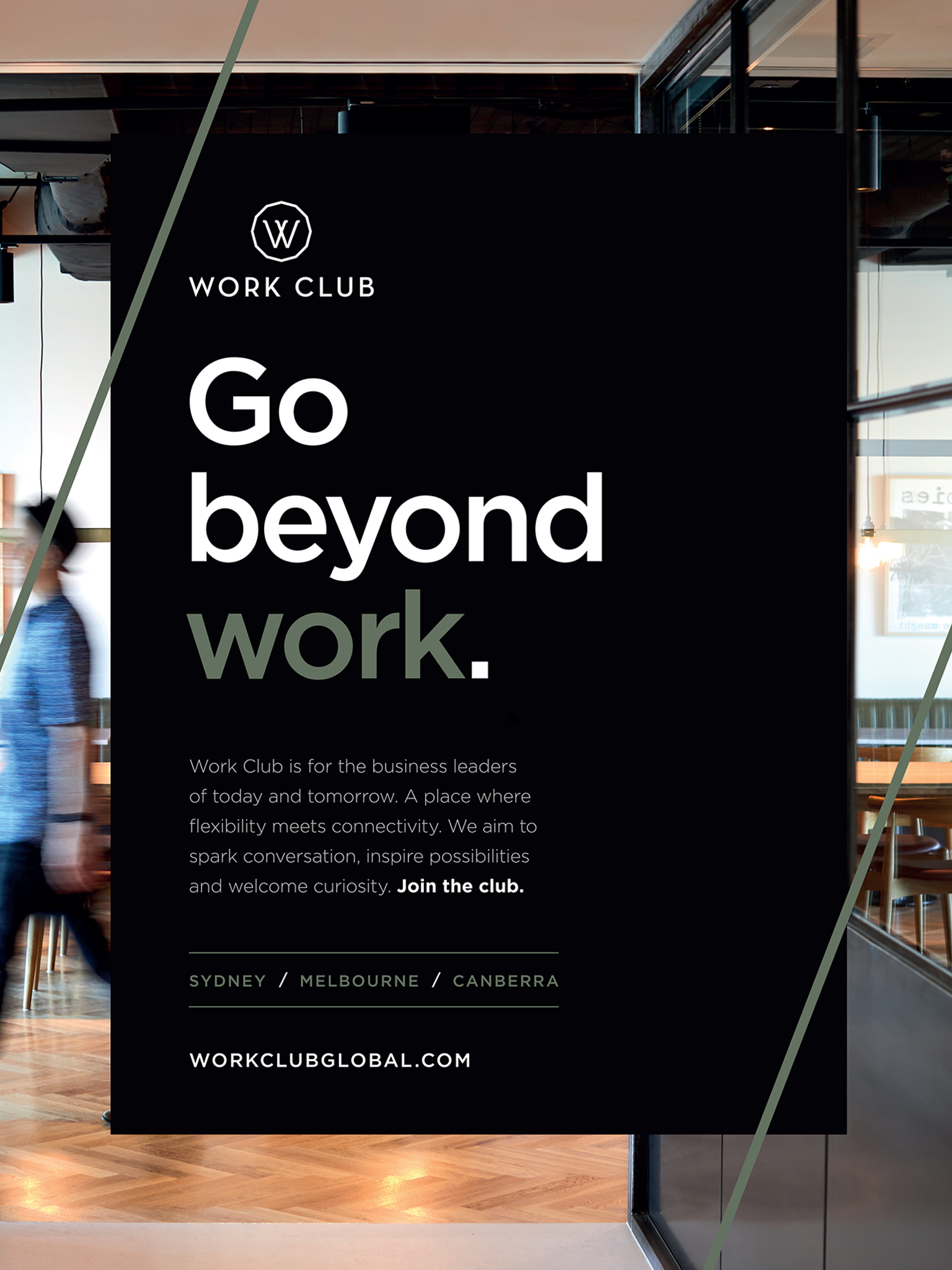Language
You can read the magazine in one of the following languages
For businesses that are serious about keeping their key staff on board for the long-term, there’s one simple thing they need to prioritize according to Chris Czarnik, bestselling author of Winning the War for Talent.
“When people stop learning, they start leaving,” he declares. “So, if you’re not developing your most talented people, they’ll find a place where someone will.”
The influential CEO of Career [Re]Search Group believes there will never be a more important – and challenging – time to keep talent engaged than the next few years.

Global skills shortages mean it’s suddenly employees wielding the power, ensuring they’re able to insist on a range of conditions under which they may consider joining a company – in the same way a pop diva issues a backstage rider demanding white orchids, magnums of ’98 Krug and crispy rice Hershey bars. By 2030, the situation could be even more extreme.
A 2021 survey found 90 percent of millennials and gen Z have no interest in working full-time in an office, while another reported that nearly as many don’t feel their job gives them enough ‘growth’. The so-called Great Resignation is far from over, with nearly half of all workers in a recent study admitting they’re actively looking for a new job.

Czarnik places some of the blame on legacy HR departments worldwide that are struggling to catch up to the new realities.
“The vast majority of HR managers have never had training or experience in developing talent,” he tells The CEO Magazine. “So chief talent officers [CTOs] are truly a new frontier – and a necessary one.”

It’s a sentiment echoed by Tamar Elkeles, co-author of The Chief Talent Officer and a former CTO herself at several high-profile American venture capitalist and technology firms.
“A chief human resources officer is primarily focusing on pay, wellness and recruiting, while a CTO is leading the talent agenda,” she says. “I’ve been both and they’re very different.”
She lists a CTO’s primary functions as:
But the key to all four is strong and experienced authority figures. “I cannot emphasize enough the importance of good managers,” she stresses. “Employees don’t leave companies, they leave managers.”
Former HR head at Australian banking giant Westpac and BT Financial Services, Lindall West, agrees. “Providing an inspiring vision can only take you so far,” she says from her Sydney office, where she runs OMB Point, a firm specializing in conflict resolution.
“Regular and impactful feedback, opportunities for skills development (not just courses) and a manager who sees them as a real person are crucial or else niggles will arise.”

She’s also a firm believer in what she calls ‘communication consonance’ where a company’s stated values are in harmony with what’s actually happening on the shop floor.
“I happened across an organization recently that had made very public musings about supporting gender equality, but when it restructured, three-quarters of the casualties were women, even though they made up only a third of staff,” West recalls.
“A week later, it launched a company-wide menopause policy. The messaging didn’t tally at all to what was actually going on.”

Companies of all sizes are investing more in securing and protecting talent and finding innovative new ways to boost morale and engagement. As American author Simon Sinek says, “Customers will never love a company until the employees love it first.”
Here are five particularly impressive examples of ways global businesses have succeeded in their talent quests…

Achieving a staff turnover of only five percent among Mars’ 133,000 global employees is impressive, and not all of it is down to the free M&Ms at reception.
The candy conglomerate sees ‘human energy’ as its greatest resource and believes energized people perform at a higher level. That’s why its culture is geared toward mental and physical fitness and driving excited, passionate teams.
Its Energy For Life program aims to cultivate energy management skills in both professional and private lives, and tracks progress through regular surveys. It involves walking meetings, recovery breaks, open gratitude and resetting workplace patterns to make time for wellbeing.
And its core principles – quality, responsibility, mutuality, efficiency and freedom – don’t just reside on press releases and internal memos, they’re on the wall of every Mars office and manufacturing site across 73 countries.

No-one can accuse the senior leadership at social media consultants Buffer of lacking transparency as all company salaries are made public and are the result of a strict formula. It also posts company profit and revenue information that most firms keep strictly confidential.
With 94 percent staff retention and surveys revealing that 80 percent of employees want to stay at least five more years, the San Francisco-based firm, which launched in the United Kingdom, is now seen as a textbook example of how to manage employees, especially those considered critical to the business.

Software and customer relationship management specialist HubSpot has the best company culture in the United States, according to Comparably’s 2022 survey, and regularly features in lists featuring the best places to work.
One reason could be its literal ‘no door policy’, designed to maximize openness and accountability. Its values form the self-described ‘cheesy acronym’ HEART: humble, adaptable, empathetic, remarkable and transparent.
Staff are given US$5,000 a year toward any classes they want to take, annual leave days are unlimited and instead of an intranet populated with endless policies, they have just three words: ‘use good judgment’.
And morale is every bit as important as anything the company sells.
“Every leader at HubSpot bears the responsibility for making sure that they think about their team’s culture and their contributions to our overall culture as a product,” Chief People Officer Katie Burke said.

Brutal travel restrictions and transportation chaos hasn’t stopped the German-based logistics giant from being ranked as the best place to work in Asia for the past four years. Its unrivaled commitment to training and upskilling helped it win 37 workplace culture awards in 2021 alone. An extraordinary 370,000 employee modules have been completed.
Its Shift Up a Gear program, which supports female advancement through training and mentoring, has led to more than a quarter of senior management positions being filled by women, while all employees are given time off to volunteer for good causes.
It also doesn’t hurt that DHL has committed to an ambitious plan to replace its entire fleet of 70,000 vehicles with electric models, as surveys show nearly half of employees would look for a new job if their company didn’t prioritize sustainability.

Of course, free tantric yoga apps, pet bereavement leave and Taco Tuesdays aren’t going to lock in star performers who could double their salaries by switching to a direct rival. An investigation into the world’s most prominent companies by online CV creator Resume.io in 2022 found Europe’s biggest bank, HSBC, is the global business that holds onto its employees the longest – 10.2 years – and also happens to be renowned for its bumper salary packages.
Last year, it gave half its 34,000 United Kingdom staff a £1,500 (US$1,800) payment to ease cost-of-living concerns and boosted its global bonus payments by 30 percent.
United States-based research by recruitment firm Randstad in 2021 found that salary is the biggest factor in making an employer seem attractive and retaining talent.
The annual cost of worker turnover to American businesses is an incredible US$1 trillion, so splashing out on making sure your best people don’t become someone else’s best people is a canny investment and will be even more of a necessity by the end of the decade.
“People want to know they matter and they want to be treated as people,” former Oracle Vice President Pamela Stroko once said. “That’s the new talent contract.”

AI software is now being used as a weapon against high worker turnover, with enhanced employee data filtered to anticipate disengagement, predict vacancies, assess feedback channels, consider seasonal trends (for example, most people quit in the fourth quarter), match tasks with talent and process applicants based on personality matrices.
